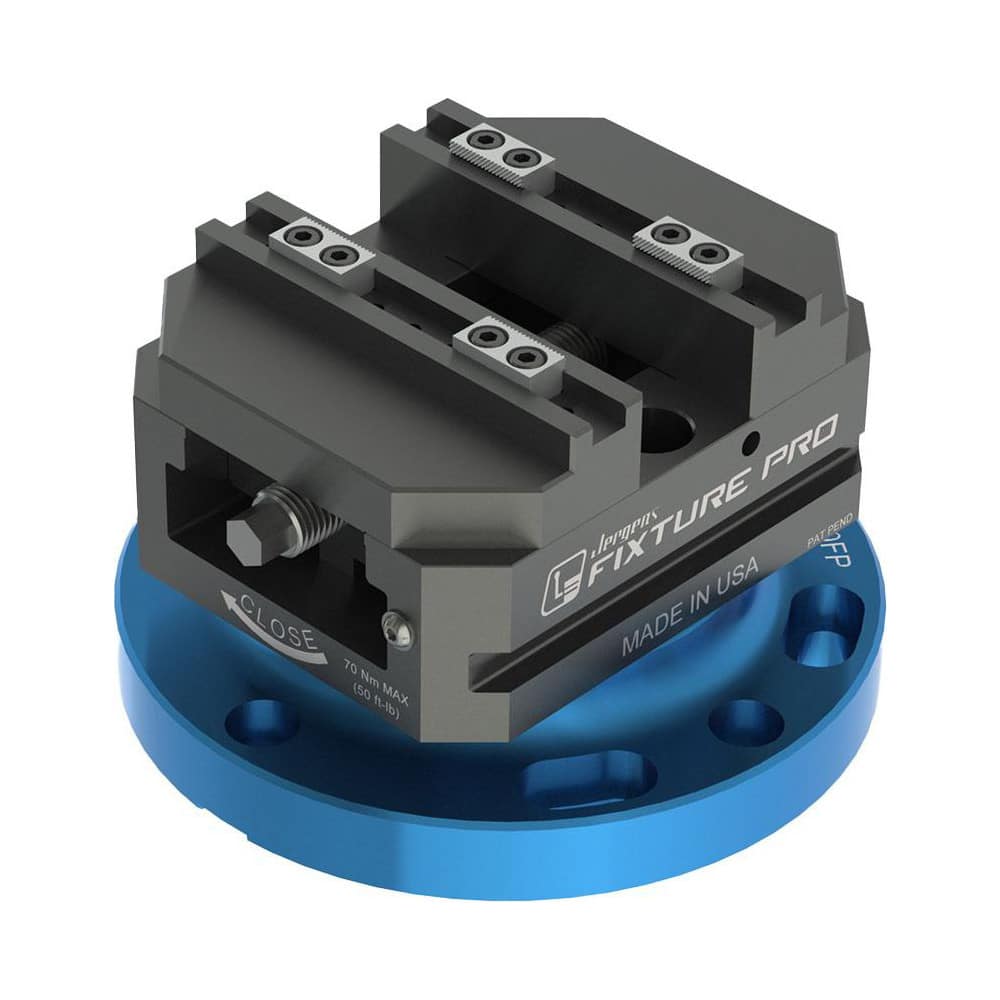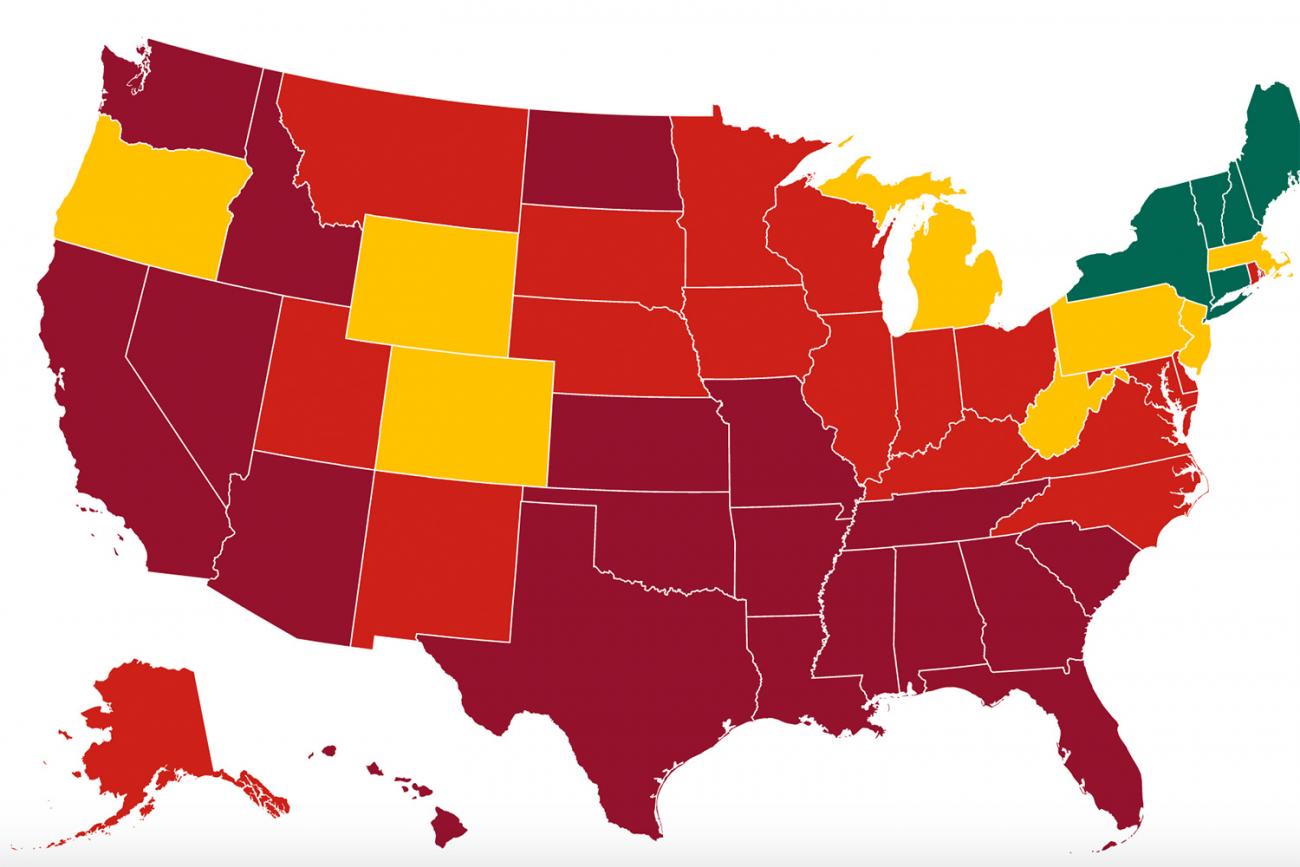
Geohydrologically, following Niyogi (1985), the total basin may be divided into three types of geohydrological characteristics.

This basin area has been covered with different geological units, like Panskura formation, Sijua formation during the Quaternary Period (Table 1 and Figure 2). The geological formation of the area consists of lower Gondwana system and Quaternary to Pleistocene sediment with depth of 200 to 300 metres (Pal, 1991). The Barddhaman district is surrounded on the west by hills of Vindhayans formation and Gondowana formation, and on the north by the Rajmahal hills (Chaudhari, 1995). Geologically it is found that there were ample changes in the present landscape pattern of the Barddhaman since the appearance of human beings. During the summer season rainfall exceeds 100 mm and it is even over 1500 mm during the rainy season (Mukhopadhyay, 2010). The average annual rainfall is 1400 mm of which the maximum occurs within the second week of the month of June to September. Geographically this basin is tropical, Tropic of Cancer (23☃0’E) pass ed over the basin from West to East. 26.2% of the basin area is not available for the cultivation and 6.1% is culturable waste. About 13.8% of the Basin area is under forest while 53.9% is cultivated. As reported by Mitra (2002), the upstream and central part of the Basin has several patches of forest cover interspersed with paddy fields along watercourses.

The drainage pattern of this basin is more or less dendritic. The Kunur River represents a basin of the 5th order 2 with a drainage density equal to 0.85km/km, which indicates that the catchment area has good infiltration capacity (Mukhopadhyay, 2010). The catchment extends over an area of about 922.40 2 km, having an elongated and asymmetrical shape. from the Burdwan town on Bardwan-Katwa road. The outlet of this watershed is close to the village Kogram, about 38-km. The Kunur River originates in the western upland of the Barddhaman District at more than 100 metres of altitude, flowing from west to east for a length of about 114.1 kms. The Kunur River is a right-bank tributary of the Ajay River, particularly in the Lower Ajay River Basin. The study area contained the police stations of Faridpur- Durgapur, Kanksa, Ausgram I and II, Mangalkote, and Bhatar (Figure1). It lies in- between latitudes of 23☂5’N and 23☄0’N and 87☁5’E to 87° 55’E longitude. It covers a portion of the Ajay and Damodar rivers.

The Kunur River Basin is located in the middle portion of the district of Barddhaman in West Bengal, India. CWEE model has been used after do away with its limitation for micro-level application after combine with USLE model. The major objective of the present study is estimate the spatial variation of soil erosion rate for the Kunur River Basin, a GIS based spatial analysis to calculate soil loss amount using SRTM data, soil texture map, geological map, land use / land cover map, topographical maps, and aerial images for total basin. This research work has been carried out with application of combine model of USLE (Musgrave, 1947) and CWEE (Garde et al., 1985) integrated with RS-GIS techniques. In present research scenario, application of RS-GIS has useful advantages for soil erosion rate assessment with proper management planning, particularly for the remote area also (Sharma et al., 2001). Some of the researchers estimated soil loss from catchment areas for measuring basin wise sediment production rate and related fluvio- geomorphological studies (Jain and Kothyari, 2000 Jain et al., 2001 Suresh et al., 2004). (2012) predicted the erosion rate of lateritic soils of the Birbhum District using USLE model. This phase will mark when the network exits beta. The Hivemapper Network will be in beta for up to several years. During this subphase, the 35 metro regions will receive extra rewards. First to pre-order, first to ship.ĭuring the Hivemapper Network (Beta) phase, contributors will be able to map, annotate, and QA, and earn HONEY token rewards globally.Īt the beginning of the Hivemapper Network (Beta) phase, there will be a 35 Region Boost subphase. All pre-orders will be shipped based on pre-order numbers.

The Hivemapper Foundation will turn on HONEY token rewards at the Hivemapper Network (Beta) Launch. The Hivemapper Foundation will be based in the Cayman Islands.
ORDER NUMBER GLOBAL MAPPER 14 FREE
Participants will be paid in cash, and will also receive a free Hivemapper Dashcam 4ĭuring the Testnet phase, we’ll ship a batch of dashcams based on “first to pre-order, first to ship.” Everyone in the Testnet phase will be able to map, annotate, and QA globally but will only be able to earn test tokens.įormally constitute the Hivemapper Foundation.


 0 kommentar(er)
0 kommentar(er)
